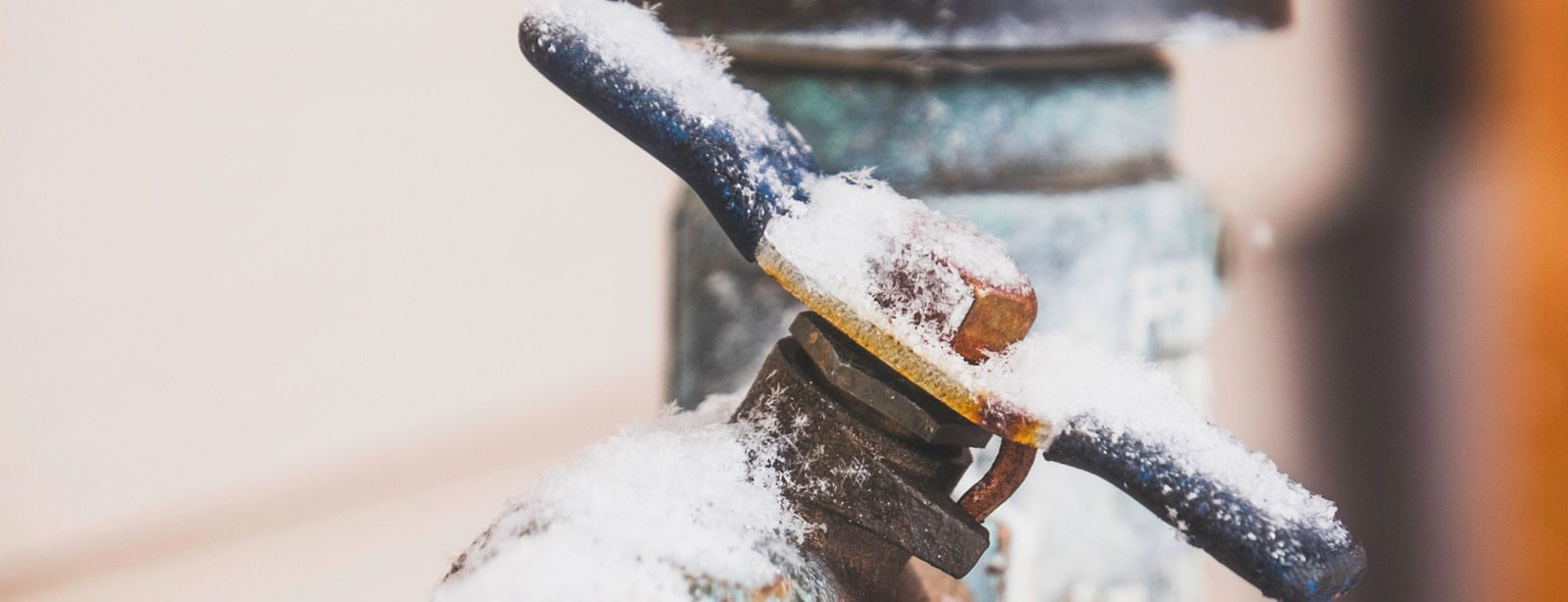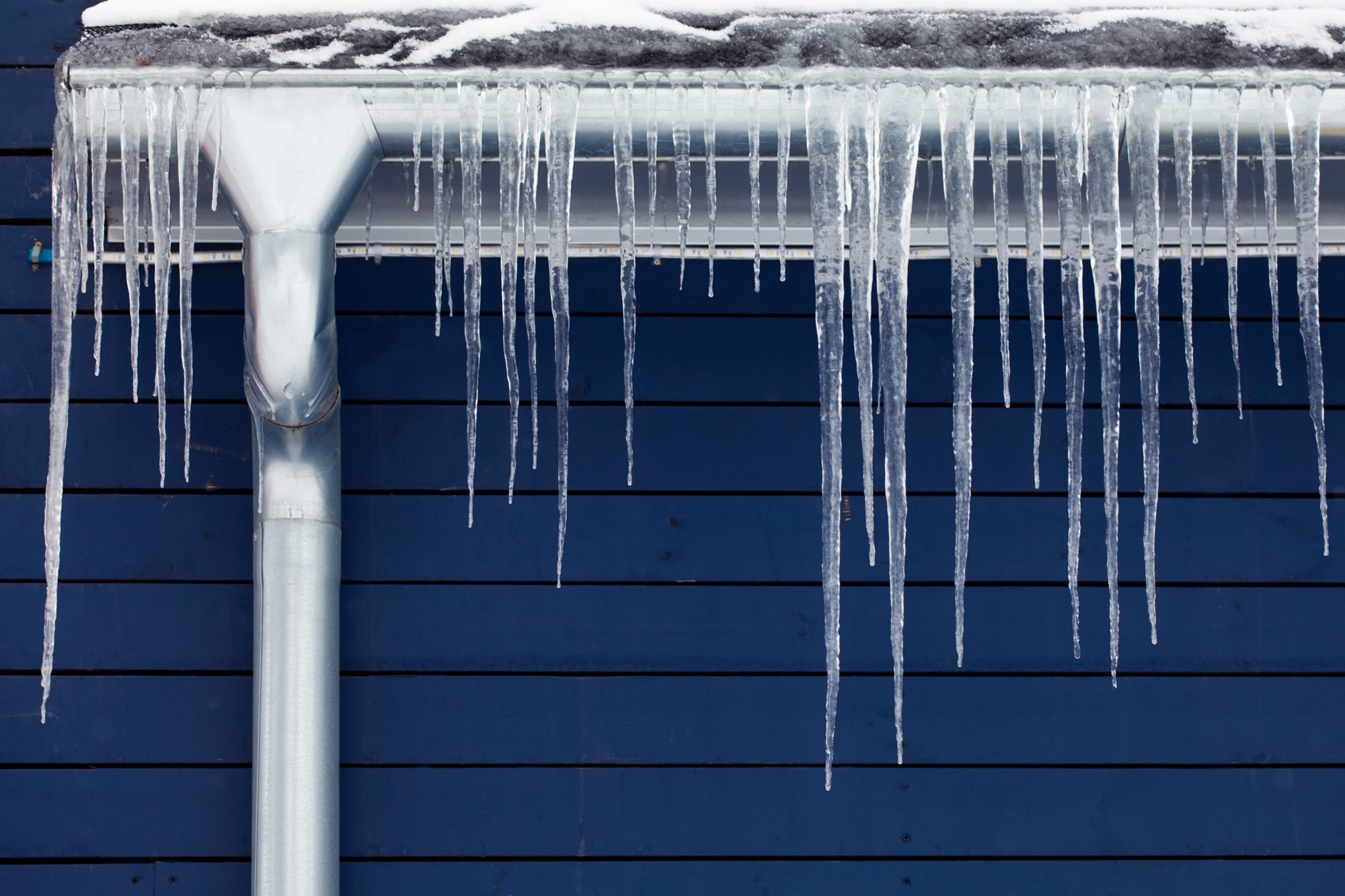How do you feel about Prevent Frozen Pipes ?

Cold weather can damage your pipes, particularly by freezing pipes. Right here's exactly how to stop it from taking place and what to do if it does.
Intro
As temperature levels decline, the threat of icy pipelines boosts, potentially causing expensive repair work and water damage. Understanding just how to stop frozen pipelines is crucial for home owners in cool climates.
Avoidance Tips
Shielding vulnerable pipelines
Cover pipelines in insulation sleeves or utilize warmth tape to shield them from freezing temperatures. Focus on pipes in unheated or exterior locations of the home.
Heating methods
Maintain indoor spaces sufficiently warmed, particularly locations with plumbing. Open up closet doors to enable warm air to flow around pipes under sinks.
Just how to identify frozen pipes
Search for decreased water circulation from faucets, unusual odors or noises from pipelines, and noticeable frost on revealed pipelines.
Long-Term Solutions
Architectural adjustments
Take into consideration rerouting pipelines away from outside wall surfaces or unheated locations. Add additional insulation to attics, cellars, and crawl spaces.
Updating insulation
Invest in premium insulation for pipes, attic rooms, and walls. Correct insulation assists maintain regular temperatures and decreases the danger of icy pipes.
Shielding Outside Pipes
Yard hoses and outside taps
Separate and drain pipes yard hoses prior to winter season. Install frost-proof spigots or cover outside taps with insulated caps.
Recognizing Icy Pipes
What triggers pipelines to ice up?
Pipelines ice up when revealed to temperatures listed below 32 ° F (0 ° C) for expanded durations. As water inside the pipes freezes, it expands, putting pressure on the pipeline wall surfaces and potentially causing them to burst.
Threats and problems
Frozen pipes can bring about water disturbances, building damages, and expensive fixings. Burst pipelines can flood homes and create comprehensive architectural damage.
Indicators of Frozen Pipeline
Recognizing frozen pipes early can avoid them from breaking.
What to Do If Your Pipes Freeze
Immediate actions to take
If you believe frozen pipes, keep taps open up to soothe pressure as the ice melts. Make use of a hairdryer or towels soaked in hot water to thaw pipelines slowly.
Verdict
Avoiding icy pipes needs proactive actions and quick feedbacks. By comprehending the causes, indicators, and preventive measures, home owners can shield their pipes throughout winter.
5 Ways to Prevent Frozen Pipes
Drain Outdoor Faucets and Disconnect Hoses
First, close the shut-off valve that controls the flow of water in the pipe to your outdoor faucet. Then, head outside to disconnect and drain your hose and open the outdoor faucet to allow the water to completely drain out of the line. Turn off the faucet when done. Finally, head back to the shut-off valve and drain the remaining water inside the pipe into a bucket or container. Additionally, if you have a home irrigation system, you should consider hiring an expert to clear the system of water each year.
Insulate Pipes
One of the best and most cost-effective methods for preventing frozen water pipes is to wrap your pipes with insulation. This is especially important for areas in your home that aren’t exposed to heat, such as an attic. We suggest using foam sleeves, which can typically be found at your local hardware store.
Keep Heat Running at 65
Your pipes are located inside your walls, and the temperature there is much colder than the rest of the house. To prevent your pipes from freezing, The Insurance Information Institute suggests that you keep your home heated to at least 65 degrees, even when traveling. You may want to invest in smart devices that can keep an eye on the temperature in your home while you’re away.
Leave Water Dripping
Moving water — even a small trickle — can prevent ice from forming inside your pipes. When freezing temps are imminent, start a drip of water from all faucets that serve exposed pipes. Leaving a few faucets running will also help relieve pressure inside the pipes and help prevent a rupture if the water inside freezes.
Open Cupboard Doors
Warm your kitchen and bathroom pipes by opening cupboards and vanities. You should also leave your interior doors ajar to help warm air circulate evenly throughout your home.

Hopefully you enjoyed our article about How to Prevent Your Pipes From Freezing. Thank you so much for taking time to read our blog post. Sharing is good. Who knows, you may just be doing someone a favor. Thank you so much for going through it.
Contact Us Today